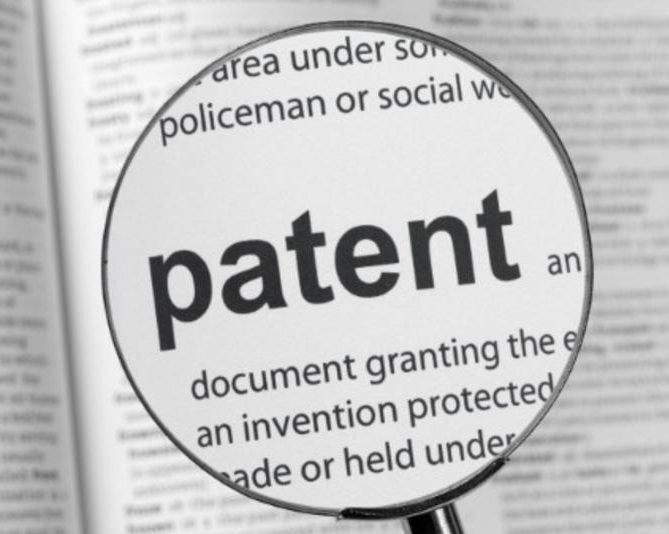Patents Article 1: What is a Patent and What is its Purpose?

A patent grants the owner “the right to exclude others from making, using, offering for sale or selling [an invention]” for 20 years after the application is filed.1 In exchange for this protected time frame, the filer must disclose the details of the invention such that another can recreate it.
While there is much controversy surrounding patents and the many ways the system can be abused, patents are generally accepted as an effective way to protect an invention while it is brought to market. The 20-year time frame allows the inventor to continue to develop the invention and recoup the costs of that development. Building a functioning prototype or bringing a new therapeutic through clinical trials is an expensive process and investors who initially front the money to pay for this development will only do so if they see a return on their investment. Therefore, the patent system is a means to encourage investment in research and development.
Here at UIC, we license our patent rights to a variety of entities including nonprofit organizations, small businesses, mid-to large businesses, governmental agencies, and startups. The license allows these entities to utilize the invention according to a written agreement between the University and the entity. The University’s main goal is to disseminate knowledge, toward that end, the Office of Technology Management (OTM) negotiates agreements that include commercialization and development milestones, which the entity must reach to keep the agreement active. This is one of the ways that we work to prevent patent abuse and ensure the tangible benefits of research are made available to the public.
1: https://www.uspto.gov/patents-getting-started/general-information-concerning-patents#heading-2